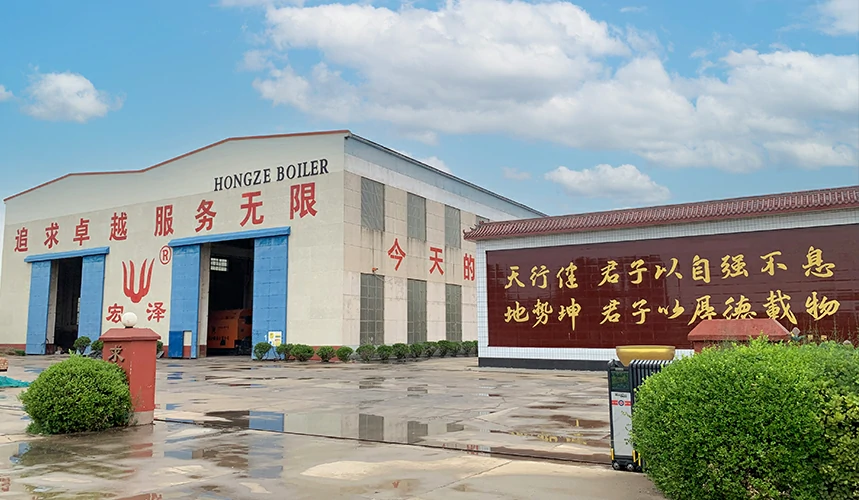
កញ្ញា . 07, 2024 07:12 Back to list
Industrial Steam Boiler Systems - Efficient Solutions for Your Business
Understanding Industrial Steam Boiler Systems
Industrial steam boiler systems are crucial components in various manufacturing processes, energy generation, and other industrial applications. These systems are designed to generate steam, which is then utilized for heating, powering turbines, or driving various processes. Understanding their operation, components, and efficiency is essential for optimizing performance and ensuring safety in industrial settings.
What is an Industrial Steam Boiler?
An industrial steam boiler is a pressure vessel that uses heat to convert water into steam. The generated steam can be used for multiple purposes such as sterilization in hospitals, cooking in food processing, and as a driving force in turbines for energy production. The design and efficiency of these boilers greatly depend on their application and the type of fuel used—be it natural gas, oil, wood, or coal.
Components of a Steam Boiler System
A typical steam boiler system consists of several key components
1. Boiler Shell The main body where water is heated and converted into steam. 2. Burner The component that mixes fuel with air and ignites it to produce heat. 3. Heat Exchanger Transfers heat from the combustion process to the water, maximizing energy efficiency. 4. Control System Monitors and controls the temperature, pressure, and flow of steam. 5. Safety Valves Essential for preventing excessive pressure buildup, ensuring the system operates within safe limits. 6. Feedwater System Supplies water to the boiler; it often includes water treatment facilities to ensure the water quality meets specific standards.
Types of Industrial Steam Boilers
industrial steam boiler system

There are various types of industrial steam boilers, including
- Fire-Tube Boilers These are the most common type, where hot gases travel through tubes submerged in water. They are typically simpler and less expensive to maintain. - Water-Tube Boilers In these systems, water circulates through tubes that are heated by external combustion gases. They are more efficient and suitable for high-pressure applications. - Electric Boilers Utilize electrical energy to heat water, making them ideal for locations where fuel combustion is not feasible.
Efficiency and Environmental Considerations
The efficiency of a steam boiler is a critical factor that impacts operational costs and environmental footprint. High-efficiency boilers can significantly reduce fuel consumption and greenhouse gas emissions. Modern advancements, such as condensing technology and modular boiler designs, have improved overall thermal efficiency, which helps industries adhere to stricter environmental regulations.
Regular maintenance and proper operational practices are essential for optimizing boiler efficiency and longevity. This includes periodic inspections, cleaning, and timely repairs of any malfunctioning components.
Conclusion
Industrial steam boiler systems play a vital role in diverse industrial applications, contributing to both productivity and energy efficiency. As industries continue to seek ways to reduce their environmental impact and optimize operational costs, the importance of advanced boiler technologies and effective maintenance strategies will only continue to grow. By understanding the components, types, and efficiency of steam boiler systems, industries can better leverage these systems to meet their operational needs while adhering to safety and sustainability standards.
-
Oil Fired Hot Water Boilers Sale - High Efficiency & Affordable
NewsJul.31,2025
-
High-Efficiency Commercial Oil Fired Steam Boiler for Industry
NewsJul.30,2025
-
High-Efficiency Biomass Fired Thermal Oil Boiler Solutions
NewsJul.30,2025
-
High Efficiency Gas Fired Thermal Oil Boiler for Industrial Heating
NewsJul.29,2025
-
High-Efficiency Gas Fired Hot Water Boiler for Sale – Reliable & Affordable
NewsJul.29,2025
-
High Efficiency Biomass Fired Hot Water Boiler for Industrial and Commercial Use
NewsJul.29,2025
Related PRODUCTS






















